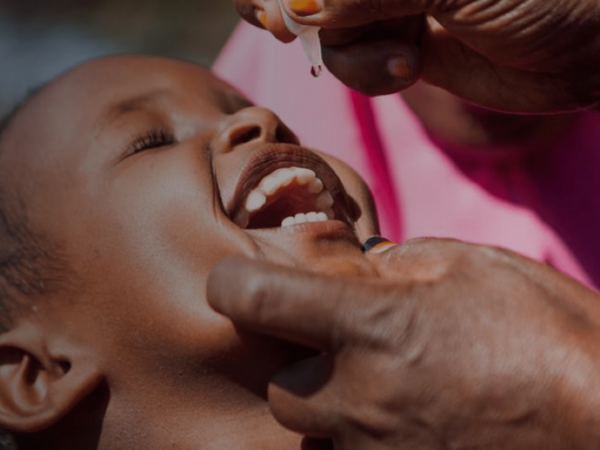As of 2015, the global number of polio cases has been reduced by 99% since the beginning of the Global Polio Eradication Initiative in 1988. The challenges for the final push are more complex and fundamentally unlike those we have confronted so far.
This part of the toolkit should help serve as a guide to planning and building effective communication strategies with the ultimate goal of eradicating polio. This section outlines our approach to polio communications informed by data and on the ground experience with a focus on reaching the hardest to reach populations. It provides a comprehensive strategic framework and identifies the key steps of planning and executing an effective and adaptive polio communications response.
First, review all of the strategy sections to understand the rationale behind the social norm and health worker centric approach. Next, identify the phase of the outbreak corresponding to your country setting—Outbreak, Enduring Outbreak, or Maintenance—and visit that section to get more information on how to plan your communication strategy for these phases.
The initial weeks and months of a new outbreak have very different communication needs than at a later stage, in an endemic/enduring outbreak area, or in a maintenance phase.
These sections will help clarify appropriate communications priorities. Sample creative concepts tailored to specific situations provide guidance on creating targeted mass communications while segmented messaging gives direction for how to connect those concepts through a comprehensive approach, going from mass media all the way down to interpersonal communications (IPC).
Learn more
Explore the other two learning modules in this 3-step tutorial to design evidence-driven communication strategies to help vaccinate every child.
Define your target audience and barriers to change, then develop messages and choose channels to reach your audience.
You cannot do everything and your ability to prioritize your interventions and target behaviours is paramount. One simple way to do this is to evaluate importance of the behavior and its changeability.



